Qualitative research in marketing: definition, methods and examples
Apr 7th, 2022

Contents
What is qualitative research?
Qualitative research methods
How to design qualitative research?
Qualitative research examples
Qualitative research allows businesses to determine customers’ needs, generate ideas on improving the product or expanding the product line, clarify the marketing mix and understand how the product would fit into customers’ lifestyles. The research will be useful for businesses of any size and type. For example, entrepreneurs can use qualitative research to gain insight into customers’ feelings, values, and impressions of the product or service. With qualitative research, you can understand the reasons and motives of customers’ reactions and use this information to create marketing and sales strategies.
The research can also help you design products and services that meet the requirements of your target audience. For instance, imagine you are a restaurant owner and want to introduce a new menu; you can conduct qualitative research and invite local residents to give you feedback on the food, service, and pricing. This approach will increase your chances of success.
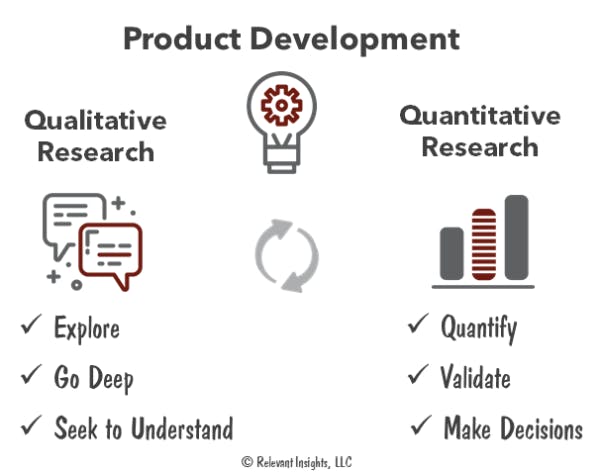
What is qualitative research?
Qualitative research studies the motives that determine consumer behavior by employing observation methods and unstructured questioning techniques, such as individual in-depth interviews and group discussions. The approach involves the collection and analysis of primary and secondary non-numerical data. The goal of qualitative research is to understand the underlying reasons for making purchasing decisions and learn about customers’ values and beliefs.
Qualitative research asks open-ended questions beginning with the words “what”, “how”, and “why” to get feedback concerning a new product or service before the launch or development phase. This method reveals customers’ perceptions of the brand, buyers’ needs, advantages, and drawbacks of the product or service. Furthermore, it helps evaluate promotional materials and predict how the product or service can influence the lives of your customers.
This research method emerged in the early 1940s when American sociologist Paul Lazarsfeld introduced focus group interviews to study the impact of propaganda during World War II. In the late 1940s, American psychologist and marketing expert Ernest Dichter developed a new type of consumer research called motivational research. Dichter used Freudian psychoanalytic concepts to understand the motives of consumer behavior. He conducted in-depth interviews to learn more about customers’ needs and attitudes towards certain products.
In the 1960s, marketing academic John Howard began studying consumer behavior from the perspective of social sciences, including psychology, anthropology, and economics. At the same time, market researchers focused on the emotions, feelings, and attitudinal elements of consumption. As a result, in-depth interviews, video-recorded focus groups, and computer-assisted telephone interviews became prevalent qualitative research techniques.
With the advent of the Internet and mobile devices, qualitative research has undergone numerous changes. Today the Internet allows researchers to conduct surveys on a much larger scale. The marketers can use hyper-segmentation and hyper-personalization to launch targeted advertising campaigns, utilize market research analysis software and gather customer opinions using social media analysis. Let us take a detailed look at the basic methods of qualitative research.
Qualitative research methods
The most common qualitative research methods include focus groups, individual interviews, observations, in-home videos, lifestyle immersion, ethnographic research, online sentence completion, and word association. We will consider each of them in more detail below.
Focus groups
Focus groups are discussions dedicated to a specific product and its marketing strategies. The groups typically consist of 6-10 people and a moderator who encourages them to express their opinions and feelings about the product. Usually, focus groups are held in-person to study consumers’ verbal and non-verbal reactions to the product or advertising campaign.

This method has several applications, including testing marketing programs, evaluating the overall concept for a product, examining the copy and images of the advertisements, and analyzing the new types of product packaging. Nowadays, in-person focus groups are losing popularity, while online discussions via video conferencing tools are attracting a lot of attention from researchers.
Social media analysis
Social media and mobile devices give brands more opportunities to gather and analyze information. Customers now interact directly with brands on social media platforms where they spend their free time. Content analysis of Facebook posts, comments, tweets, YouTube videos, and Instagram photos allows brands to track consumers’ activities, locations, and commonly used words.
You can ask for users’ feedback, encourage them to fill out a brief survey, or engage with customers to inform them of your marketing plans and the development of new products. Furthermore, the qualitative research participants can provide additional contextual information like photos and videos, which gives a better understanding of their thoughts and attitudes.
Individual interviews
An individual interview is usually conducted in person, over the phone, or via video conferencing platforms. The interviewer asks the existing customer a number of questions to determine his motivation to buy a particular product. One-to-one interviews are held as a free-flowing conversation and include open-ended questions. The interviews can be flexible, semi-structured, and unstructured. You can ask about the customer’s frustrations concerning the product, motivations and reasons for purchase, and the sources of information from which they learned about the product.
Observations
Observations allow researchers to see how the customers react to the products in the store and analyze their shopping behavior and purchase experience. This method is more effective than written surveys as it provides better insight into consumer reactions. For example, the researchers can observe how customers stop outside the store, what attracts them to the shop window and which way they walk once they enter the store. In addition, observations help determine problems related to product placement on store shelves, clutter, or products that are out of stock. You can also collect customer feedback to improve some aspects of the shopping process, like packaging design.
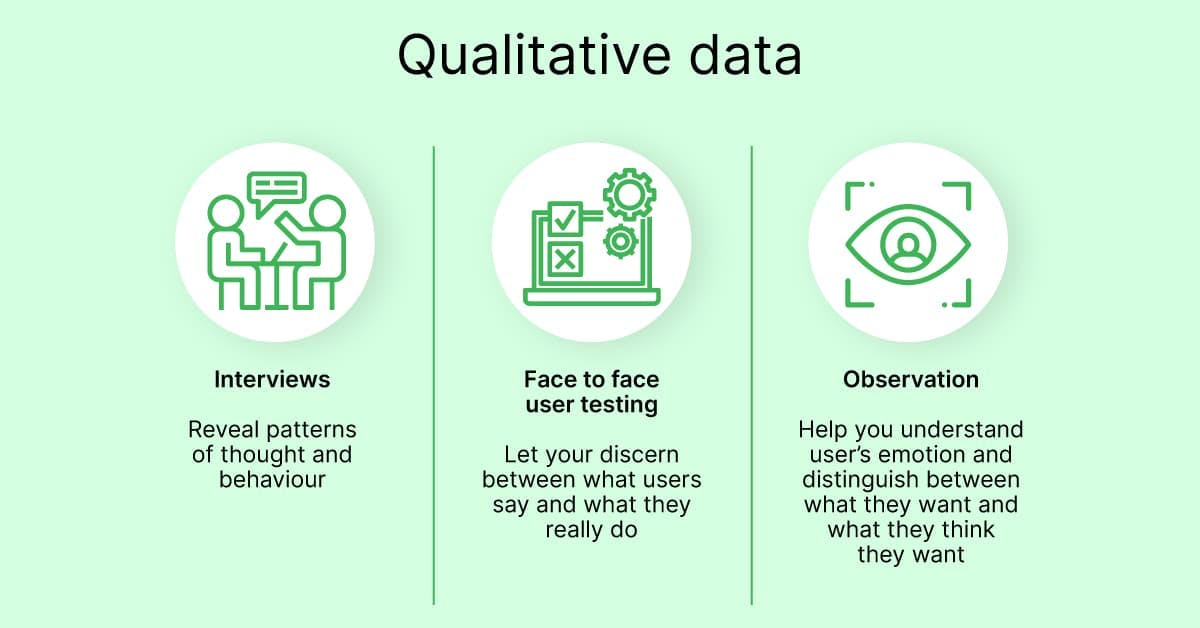
In-home videos
In-home videos allow researchers to watch how customers engage with the product in the comfort of their own homes. Using this method, you can monitor user behavior in a natural and relaxed environment. Thus, you can have a better picture of the ways people use your product. The customers can keep video diaries or film the videos with detailed comments concerning your product. You can store the qualitative content in one place and create an insight hub to analyze and reuse the collected information in the future.
Lifestyle immersion
Lifestyle immersion is another method that allows obtaining customer feedback in a comfortable environment. Immersion refers to the researcher’s profound personal involvement in a customer’s life. For instance, the researcher visits an event, such as a party or family gathering, and observes the user’s reactions and behaviors in a familiar setting. Watching how users speak to their family and friends is an increasingly effective technique that allows learning more about their needs, challenges, and motives.
Ethnographic research
Ethnography is a type of research that originates from 20th-century anthropology and involves observing people in a natural environment rather than a lab. Namely, the researchers watch how respondents cope with their daily tasks, such as grocery shopping or preparing dinner. This helps see what people actually do instead of what they claim to do.
Ethnography applies a variety of approaches, including direct observation, video recordings, diary studies, and photography. Researchers can observe the user’s behavior at home, at the workplace, or with their family or friends. Passive observation as a method of ethnographic research implies following and watching users without interacting with them or interfering with their actions. Active observation, in contrast, entails working or cooperating with consumers, asking them questions about a product or service, and joining their team or group.
Online sentence completion and word association
Sentence completion is a projective technique used in qualitative research to allow customers to express their opinions and feelings. According to this method, the respondents receive the survey with unfinished sentences. They should complete sentences that describe the product or find the words that would be appropriate in the context of the sentence. With this method, the researcher can put qualitative data in a structured form.
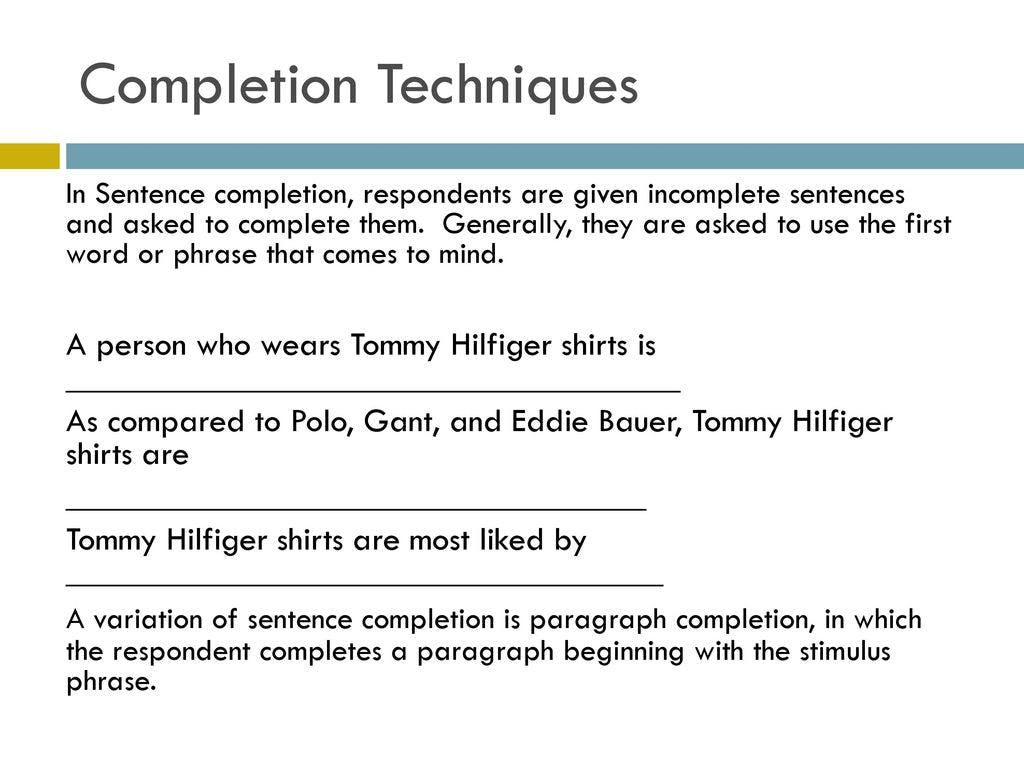
Word association is a similar technique that helps researchers gather information about brand awareness, images, and associations related to a specific product or brand. The respondents are given the trigger words and instructed to write the first word, association, or image that comes to mind. In contrast to the interviews and focus groups, sentence completion and word association techniques can reach more people when conducted online. Moreover, it takes less time to analyze the results and understand users’ perceptions.
Once you have learned about the most widely used qualitative research methods, it is time to plan the research process step by step.
How to design qualitative research?
The success of your research outcomes greatly depends on adequate planning and appropriate strategy. Here we will list some general guidelines on how to conduct qualitative research.
Determine research objectives
The first step to designing or running qualitative market research is understanding the goals you want to achieve with your study. In particular, the research objectives might include discovering the existing or potential product or brand positioning, understanding perceptions about the company or product, investigating how people react to advertising campaigns, packaging or design, evaluating website usability, and identifying strengths and weaknesses in the product. The absence of clear objectives would create challenges for the researcher as qualitative research involves open-ended questions and in-depth replies that are difficult to interpret and analyze directly.
Choose the methodology to conduct the research
Determine the most suitable method to perform market research taking into account demographics, geographical location of your target audience, lifestyle behaviors, and the product that is being examined. Market researchers usually collaborate with professional recruiters who find and screen the participants. A significant part of the researcher’s work is to develop a list of topics for discussion in small groups. You need to involve moderators who would spend from 90 to 120 minutes with the group asking questions, observing their reactions, and analyzing behavior.
Investigate various data collection methods
Once you have chosen the observation method, you need to involve a moderator to examine the participants’ behavior and take notes. This approach usually requires a video camera or a one-way mirror. You can also combine qualitative and quantitative research to collect numerical data and analyze metrics together with customers’ replies and observation results.
When running focus groups, you can either organize one discussion with eight to ten participants or a series of online meetings which will last three-four days. Respondents will answer the questions from the moderator or react to prerecorded videos.
When you conduct one-on-one interviews, you need to speak with the respondents on the phone or organize a personal meeting. This method will be suitable if you want customers to try the product and share their impressions.
Analyze the collected data
Researchers will typically need a few days to a few weeks to collect the information. Then researchers will examine the data to provide responses to your questions. The next step is qualitative coding or the technique of categorizing the findings to identify themes and patterns. The specialists might also include the statistics to explain what the data is indicating. Besides, the report might contain a narrative analysis of underlying messages and phrasings.
Study the report and recommendations
The final step is to review the report provided by the researchers. It can be a written document or video recording. The paper, based on MECE principles, will help you group the patterns and similarities and sort them according to demographics and other customer characteristics. The document will contain specific recommendations, so you can draw conclusions and start making improvements to your product marketing strategy.
In the next section of this article, we will review how famous brands have put qualitative research methods into practice.
Qualitative research examples
Qualitative market research helps brands strengthen their reputation and credibility, segment customers, identify market trends, increase awareness, rebrand products, and get feedback from the consumers on their preferences. Let us discover how McDonald’s, Starbucks, and LEGO use data to confront tough competition.
McDonald’s
When conducting market research, McDonald’s asks the customers several critical questions regarding best-performing products, the most appropriate pricing, the effective advertisements, and the most attended restaurants. Finding answers to these questions allows for analyzing whether the company managed to expand its customer base.
Furthermore, McDonald’s collects customer feedback to improve the products. In particular, many customers were disappointed with the lack of healthy and organic options on the menu. As a result, the company added apple slices and other healthy items to the menu and launched an advertising campaign to show that chicken nuggets and burgers were made of real meat.
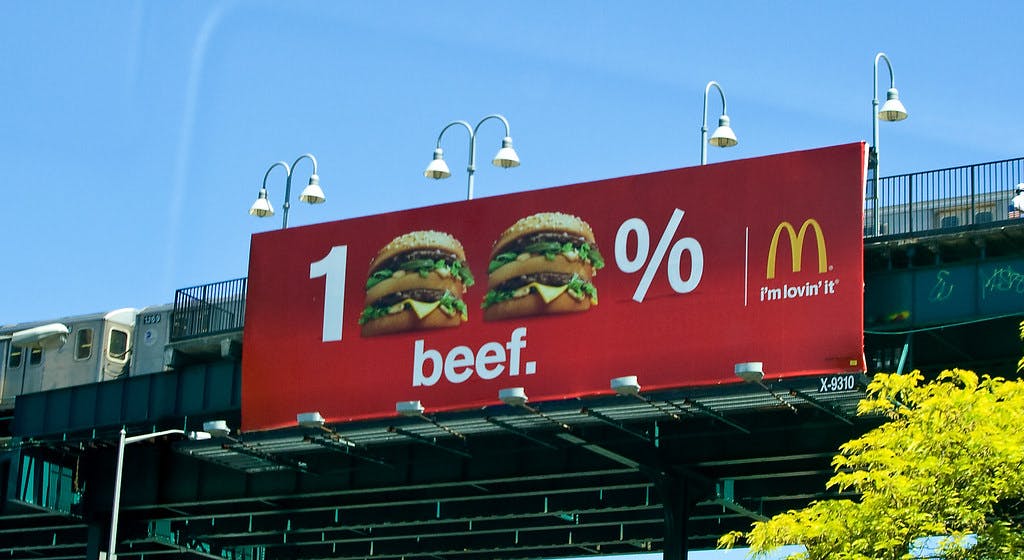
Starbucks
Starbucks encourages customers to share feedback on the official site and contribute ideas via Twitter. The company monitors social media, tracks cultural trends, and offers customers to test the products in the stores. From 2008 to 2018, Starbucks used the My Starbucks Idea platform to collect ideas and continuously improve its products. The company implemented over 275 consumer ideas, including recommendations about new products and methods to improve corporate responsibility.
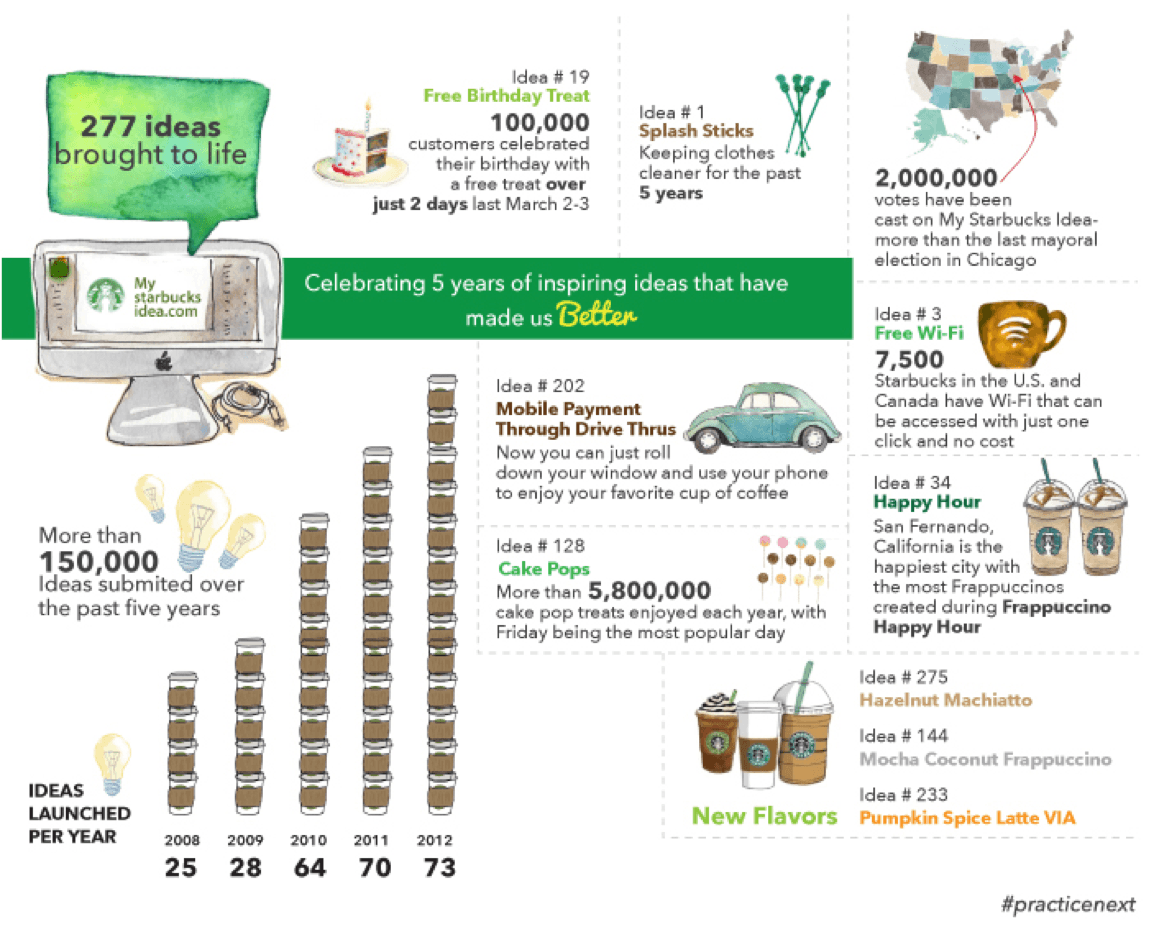
LEGO
Some years before, LEGO was considered to be primarily a boy-oriented company. Then LEGO decided to promote inclusivity and create toys targeted at all genders. The company conducted research involving 3,500 girls and their parents to examine children’s behavior while playing with toys. Later LEGO used the collected data to determine the size of the figures and create bright packaging for the new toy line called “Friends” which was designed specifically for girls.
Companies would not create new offers, improve their existing products, satisfy the needs of their customers, or solve the most difficult challenges without market research. Qualitative research will help you obtain a clear understanding of your target customers, recognize the emotional connections to your brand, identify potential obstacles to purchase and features that are missing in your offer, and as a result, develop an outstanding product.
